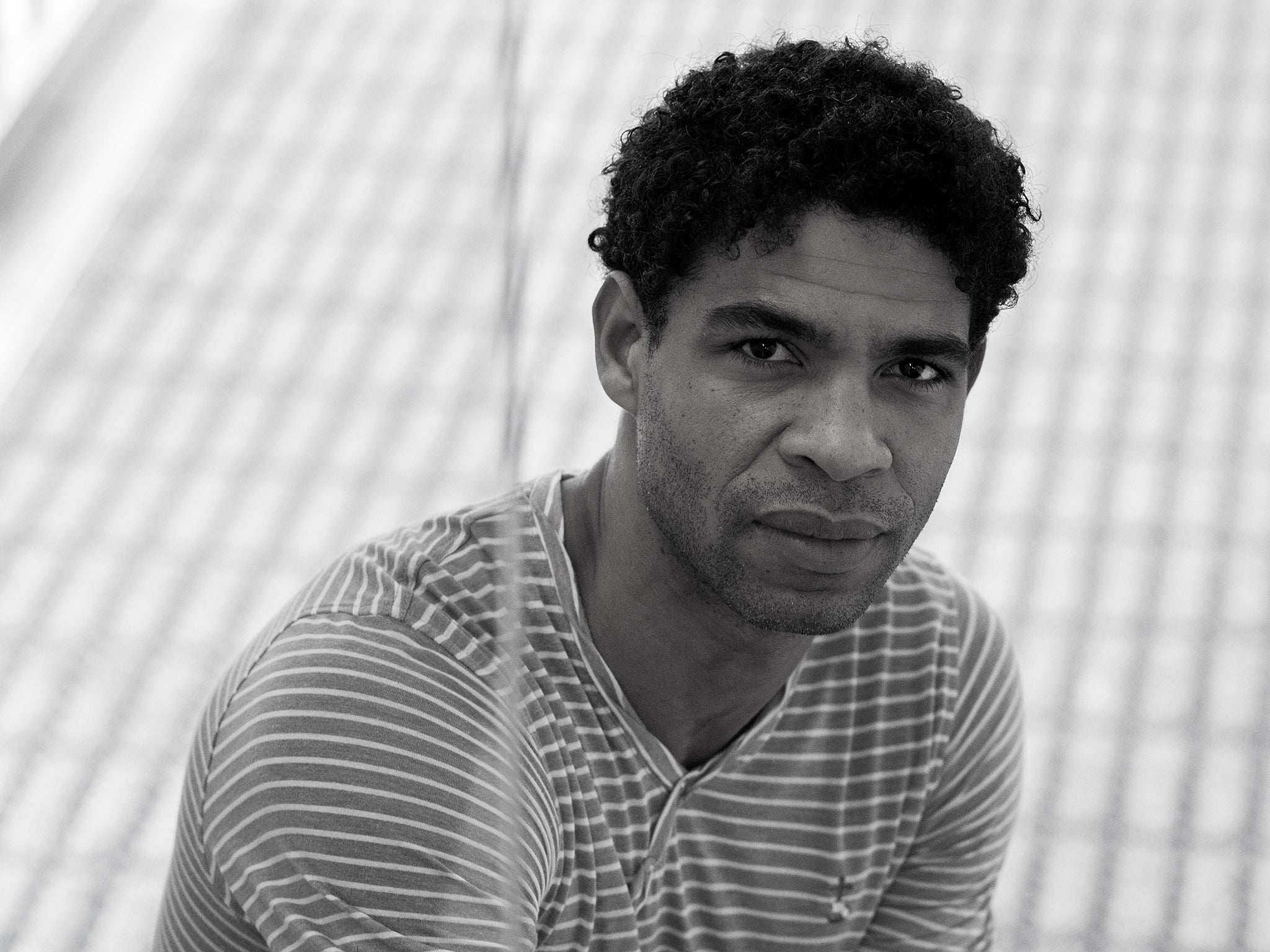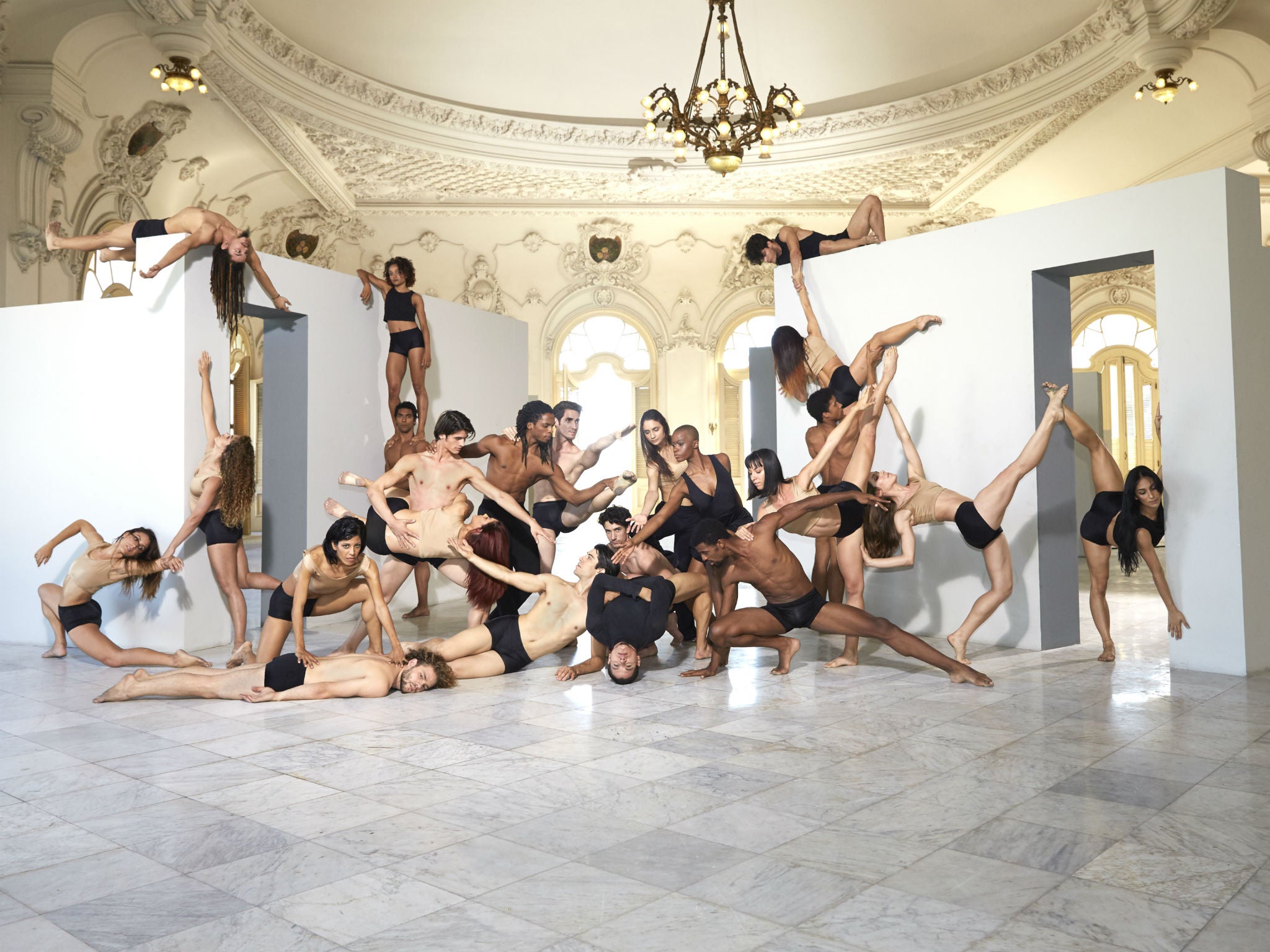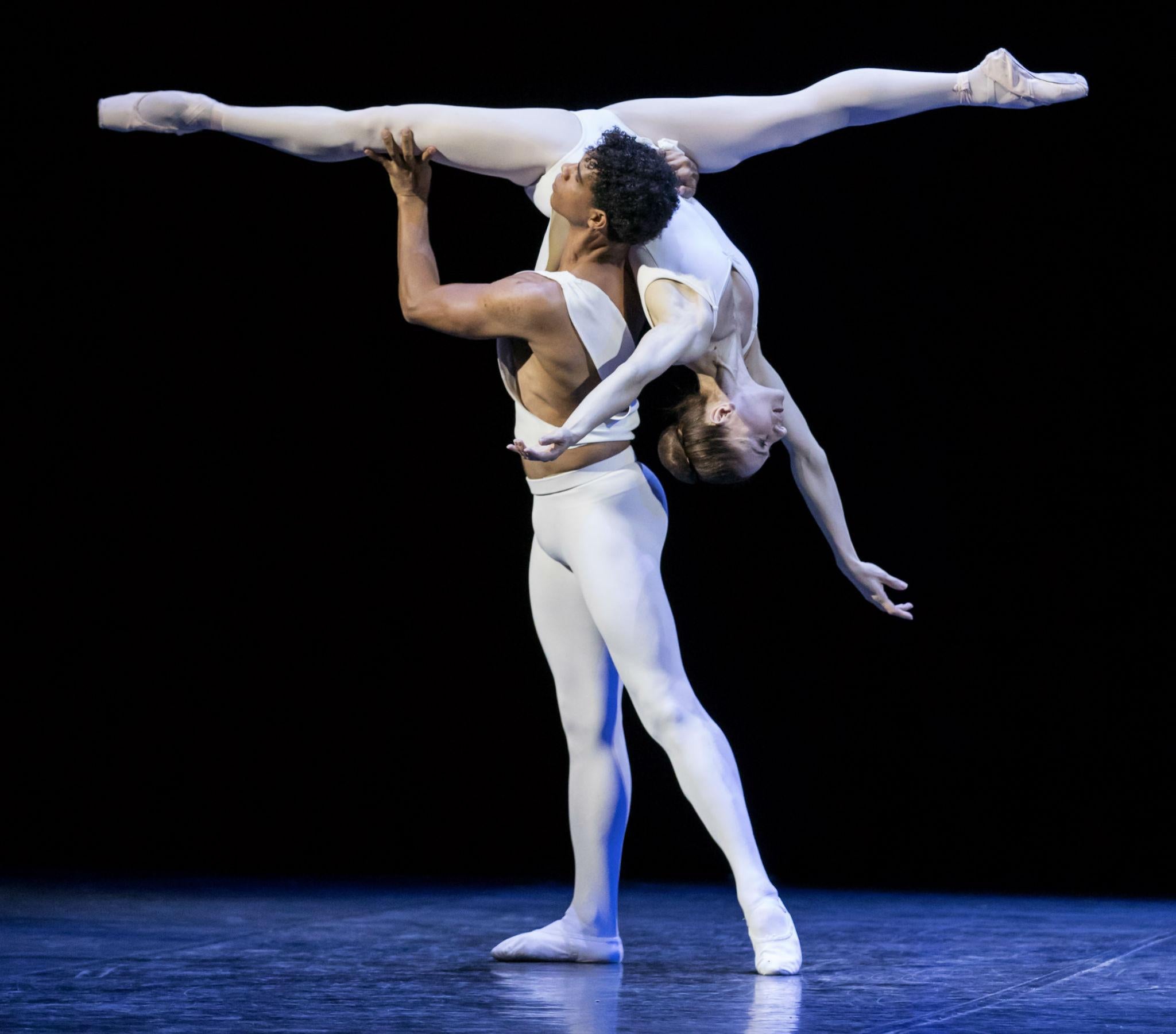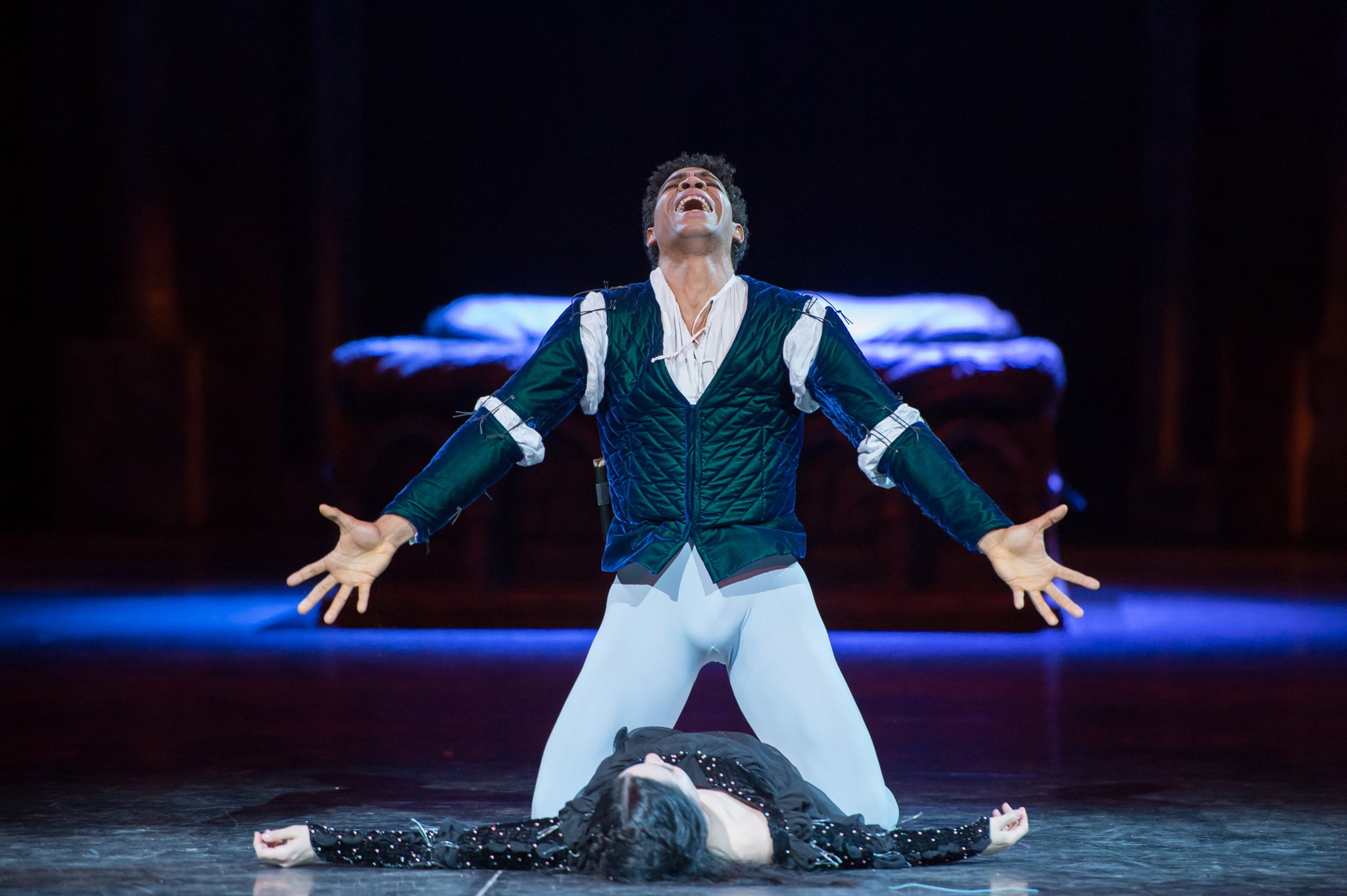Carlos Acosta on his new Cuban dance company: 'I want to bring them to the world, but also to bring the world to them'
To become a ballet star, Carlos Acosta had to leave Cuba. He's hoping the dancers of his new company, Acosta Danza, won't have to

Your support helps us to tell the story
From reproductive rights to climate change to Big Tech, The Independent is on the ground when the story is developing. Whether it's investigating the financials of Elon Musk's pro-Trump PAC or producing our latest documentary, 'The A Word', which shines a light on the American women fighting for reproductive rights, we know how important it is to parse out the facts from the messaging.
At such a critical moment in US history, we need reporters on the ground. Your donation allows us to keep sending journalists to speak to both sides of the story.
The Independent is trusted by Americans across the entire political spectrum. And unlike many other quality news outlets, we choose not to lock Americans out of our reporting and analysis with paywalls. We believe quality journalism should be available to everyone, paid for by those who can afford it.
Your support makes all the difference.The career synopsis of the Cuban born dancer Carlos Acosta reads like a fairy tale. As a dark skinned boy from an especially poor part of Havana, he was forced to audition for the national ballet school by his father, who wanted him off the streets. After he was accepted, he started winning competitions in Europe while still a student.
Soon, he joined the prestigious Ballet Nacional de Cuba, only to be snatched up by Houston Ballet, and then the Royal Ballet in Britain, where he became an international star.
For an exceptionally successful person, Acosta can come across as exceptionally ambivalent about his achievements. In his 2007 memoir, No Way Home, he seems to wince with each step up the ladder, registering the cost – the painful separation from his family, his country, his sense of belonging.
Speaking about his past in a recent phone interview, he again emphasised the estrangement, not the glory, recalling that on visits home even his cultural references were met with incomprehension.

Nevertheless, the successes have continued. In 2016, when he retired from ballet, at 43, his fans packed the 5,000-seat Royal Albert Hall in London for five farewell shows. Already, he had initiated the next stage in his career.
Acosta Danza, a classical-meets-contemporary company he founded in Cuba, had given its first performances in Havana. Tours of Europe and Britain were soon to follow. The troupe made its US debut at City Centre in New York this week.
As its name indicates, the company clearly banks on Acosta’s fame, but it’s not your usual vanity project. At City Centre, he danced (as a guest artist) in only one of the five works on the programme, applying his gallant presence and superb partnering skills to Mermaid, a drunk duet by Belgian choreographer Sidi Larbi Cherkaoui. And although Acosta is himself a choreographer, no pieces on the programme are by him.
“I have enough flowers,” Acosta said in the interview, speaking from London, where he lives when he isn’t in Havana or on tour. His focus is on the company’s dancers: young, uncommonly agile and well trained Cubans who have flocked to the call of a national hero, many of them giving up positions with Ballet Nacional or with Danza Contemporánea, the country’s flagship contemporary dance troupe.

His goal is to give back to the country that gave him an excellent, free dance education. More specifically, it’s to give the members of Acosta Danza something he didn’t have: a chance to enjoy an international level career without the pain of leaving Cuba. “I want to bring them to the world, but also to bring the world to them,” he said.
Partly, this is a question of money and influence. Like almost every cultural organisation in Cuba, Acosta Danza is connected to the government and subject to its approval. As a favoured son, who has often returned to perform, Acosta has been granted some prime real estate for rehearsal space, among other privileges, by the Ministry of Culture. But the government-sponsored salaries are at Cuban rates, so it helps that Acosta has other connections.
Acosta Danza is also supported by Sadler’s Wells, one of the foremost dance theatres and commissioning organisations in Britain. Its artistic director, Alistair Spalding, said in a recent interview that Sadler’s Wells – which has been producing Cuban themed and Acosta-and-Friends-style shows for more than a decade – now arranges international tours for Acosta Danza and subsidises the dancers’ salaries on those tours at much higher rates. (“Some dancers have already been able to buy houses,” Acosta reported proudly.)
Its financial support also pays the fees of big name choreographers like Cherkaoui, a Sadler’s Wells associate artist whose high profile client list has lately included Beyoncé.

In this way, a remedy for one problem facing Cuban dance – limited funds – helps address another: weakness in choreography. Cuba is famous for producing dancers the rest of the world finds astonishing, many of whom go abroad or even “defect” in the Cold War sense, but that reputation doesn’t extend to the development of choreographers.
Acosta blames cultural isolation: “You can’t make great champagne in a closet.”
For decades, Cold War politics and poverty have limited the access that Cuban dancers have had to changes in technique and taste shared by the rest of the dance world. Lately, the situation has been improving, but there’s a lot of catching up to do.
When Acosta says he wants to bring the world to his dancers, importing world class choreographers is a crucial component of what he means.

Acosta’s hope, he said, is that these choreographers will expose not just his dancers but the whole Cuban dance scene to global trends, ideas and standards of excellence. Yet he is also aware of a potential pitfall: that by stocking his repertoire with the work of sought after choreographers (Pontus Lidberg, Justin Peck and, still on his wish list, Crystal Pite), he might make Acosta Danza indistinguishable from the many companies that also present their dances.
Spalding, who said that trips to check on the progress of Acosta Danza in Havana are “one of the great pleasures of my life”, believes that there is little risk of the company looking like other troupes. “Because the dancers are extraordinary,” he said. “They have this joy in dancing that communicates directly with an audience. I haven’t really seen anything like it.”
That’s the kind of thing that outsiders are always saying about Cuban dancers. As for Acosta, he stressed that his project was still in a very early stage. “This will take years to develop,” he said, but so far the going has been less tough than he expected.
However mixed his feelings about success might be, he pursues his aspirations tenaciously. Maybe the ambition that once pulled him away from home can now help transform it.
© The New York Times
Acosta Danza perform at Theatre Royal Norwich 31 May/1 June, and at Wales Millennium Centre, Cardiff, 4 June; sadlerswells.com
Join our commenting forum
Join thought-provoking conversations, follow other Independent readers and see their replies
Comments